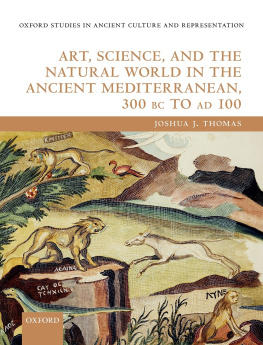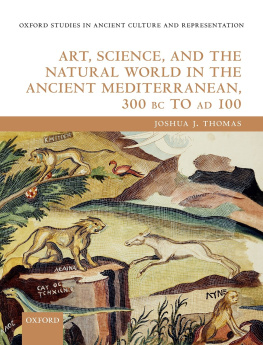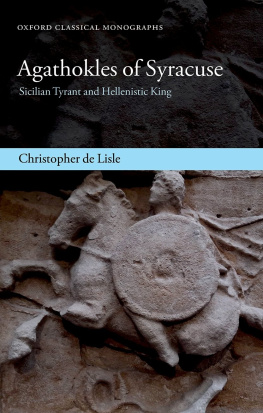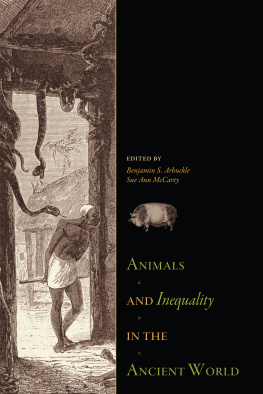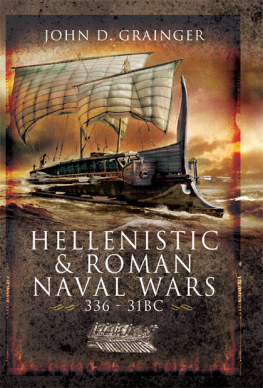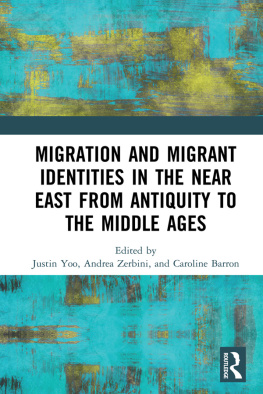Joshua James Thomas - Art, Science, and the Natural World in the Ancient Mediterranean, 300 BC to AD 100
Here you can read online Joshua James Thomas - Art, Science, and the Natural World in the Ancient Mediterranean, 300 BC to AD 100 full text of the book (entire story) in english for free. Download pdf and epub, get meaning, cover and reviews about this ebook. year: 2022, publisher: Oxford University Press, genre: Religion. Description of the work, (preface) as well as reviews are available. Best literature library LitArk.com created for fans of good reading and offers a wide selection of genres:
Romance novel
Science fiction
Adventure
Detective
Science
History
Home and family
Prose
Art
Politics
Computer
Non-fiction
Religion
Business
Children
Humor
Choose a favorite category and find really read worthwhile books. Enjoy immersion in the world of imagination, feel the emotions of the characters or learn something new for yourself, make an fascinating discovery.
- Book:Art, Science, and the Natural World in the Ancient Mediterranean, 300 BC to AD 100
- Author:
- Publisher:Oxford University Press
- Genre:
- Year:2022
- Rating:4 / 5
- Favourites:Add to favourites
- Your mark:
Art, Science, and the Natural World in the Ancient Mediterranean, 300 BC to AD 100: summary, description and annotation
We offer to read an annotation, description, summary or preface (depends on what the author of the book "Art, Science, and the Natural World in the Ancient Mediterranean, 300 BC to AD 100" wrote himself). If you haven't found the necessary information about the book — write in the comments, we will try to find it.
the fourth century BC, these disciplines took on exciting new directions during Hellenistic times. Kings imported exotic species into their royal capitals from faraway lands. Travel writers described unusual creatures that they had never previously encountered. And buyers from a range of social
levels chose works of art featuring animals and plants to decorate their palaces, houses and tombs.
While textual sources shed some light on these developments, the central premise of Art, Science and the Natural World in the Ancient Mediterranean is that our surviving artistic evidence permits a fuller understanding. Accordingly, the study brings together a rich body of visual material that
invites new observations on how and why knowledge of the natural world became so important during this period. It is suggested that this cultural phenomenon affected many different groups in society: from kings in Alexandria and Pergamon to provincial aristocrats in the Levant, and from the
Julio-Claudian imperial family to prosperous homeowners in Pompeii. By analysing the works of art produced for these individuals, a vivid picture emerges of this remarkable aspect of ancient culture.
Joshua James Thomas: author's other books
Who wrote Art, Science, and the Natural World in the Ancient Mediterranean, 300 BC to AD 100? Find out the surname, the name of the author of the book and a list of all author's works by series.

